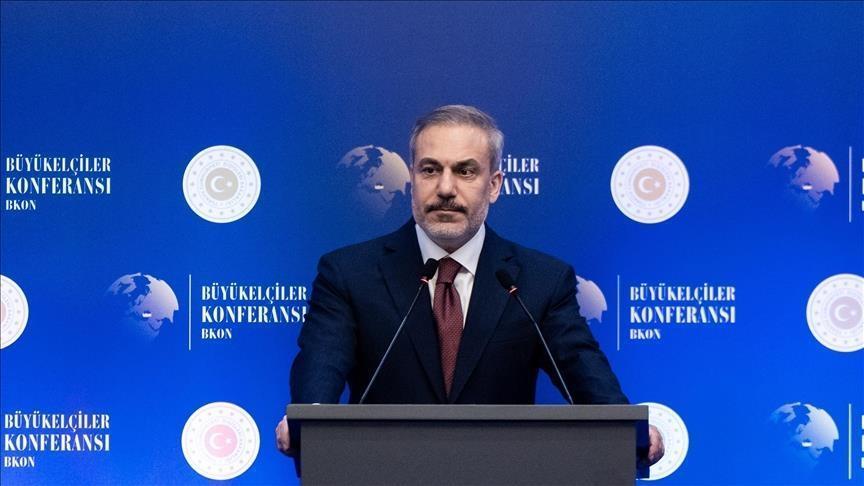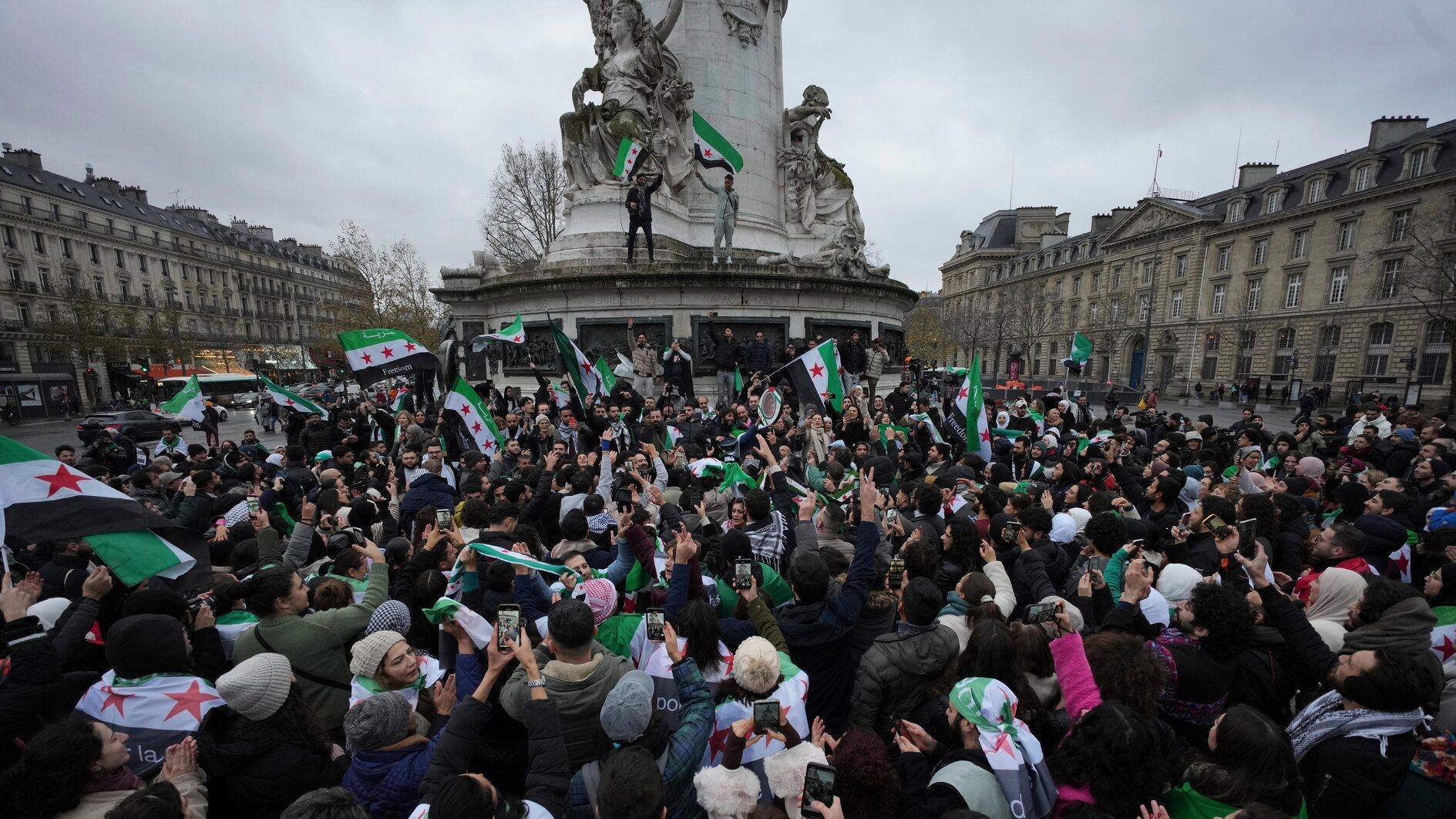Yezidi women and the Islamic State
‘With Ash on their Faces: Yezidi Women and the Islamic State’ by Cathy Otten (OR Books, $17, 238 pages)
ISIS lost its last remaining territory in Syria and Iraq throughout 2017, three years after its lightening emergence came to wider international attention in 2014. When the jihadist group first emerged the plight of the Yezidis – an ancient religious group living mostly in northern Iraq and numbering less than one million worldwide - garnered widespread coverage. Their attempted genocide at the hands of ISIS is no longer in the media spotlight but it remains an open wound.
 “With Ash on their Faces: Yezidi Women and the Islamic State” by journalist Cathy Otten is a deeply reported account of the Yezidis’ suffering under ISIS. The book is based on more than 100 interviews about the ISIS attack on the Yezidi homeland of Sinjar (known to the Kurds as Shengal) in August 2014 and its aftermath. Particularly focusing on the attack’s impact on the women captured, it is a sensitive account that Otten pieces together unsentimentally and unsensationally.
“With Ash on their Faces: Yezidi Women and the Islamic State” by journalist Cathy Otten is a deeply reported account of the Yezidis’ suffering under ISIS. The book is based on more than 100 interviews about the ISIS attack on the Yezidi homeland of Sinjar (known to the Kurds as Shengal) in August 2014 and its aftermath. Particularly focusing on the attack’s impact on the women captured, it is a sensitive account that Otten pieces together unsentimentally and unsensationally.
After ISIS attacked Sinjar city - home to 80,000 including Yezidis, Christians, Sunni and Shia Muslims, Kurds, Turkomen, and Arabs – over 100,000 people fled for refuge on the Sinjar Mountain to the north. Those who were able to reach the mountain were stranded, starving and surrounded by ISIS militants, while those who could not flee were rounded up. Many of the men were massacred while the women and girls were enslaved: Chained, beaten, raped, and passed around like animals.
It was just the latest episode in a grim history of oppression for the Yezidis, who remember 74 separate genocides targeting them over generations. The title of Otten’s book refers to a survival tactic Yezidi women have learned over time to smear ash on their faces and cut their hair to become undesirable to their captors and avoid sexual assault. Through centuries of resistance, survival and storytelling, Yezidis have come to intimately know the hills, slopes, and valleys of their homeland, developing unique strategies to persist.
Their unorthodox beliefs have led to the Yezidis’ constant persecution. They believe in reincarnation and revere a peacock angel - known as Melek Tawuse - as God’s representative on earth. This angel is often miscast as the devil of other religions, resulting in the Yezidis being persecuted as infidels by many hardline Muslim rulers who demanded they convert. Today the Yezidis remain a highly insular group, prohibiting marriage outside the faith and seemingly condemned to inexorable demographic decline.
Otten narrates the aftermath of how Sinjar fell by focusing on the stories of a number of women. The details are often distressing: A hellish cycle of buying, selling, torture and rape. “By enslaving thousands of Yezidi women, ISIS aimed to use them as incubators for ‘true’ ISIS members, thereby replacing Yezidis with their own people and culture … Implicit in this was the goal of eliminating the Yezidi community, the idea that society would be better without them, which is common to all genocides,” writes Otten.
It is remarkable that she was able to win the confidence of many women to hear such intimate stories: “With Ash on their Faces” simply could not have been written by a male journalist. The Yezidis of Iraq are part of a tradition and honor-bound culture, which makes the ISIS attacks on Yezidi women particularly grave. “In Yezidi culture, as in much of the Middle East, a man’s honor is linked to the chastity of his close female relatives. Rape brings shame and suffering to the whole community, which is one reason why it is used as a weapon of war in male-dominated cultures,” writes Otten. As a result, when the first Yezidi women began escaping ISIS in 2015 a dark cloud of doubt hung over their return. The community’s spiritual leader, Baba Sheikh, ultimately took the brave decision to ignore the dictates of tradition and to accept the women back into the fold.
His decree has helped most of ISIS’s Yezidi captives reintegrate back into society. But many Yazidis remain captive and shadows continue to linger over the community’s future. Sinjar was taken from ISIS in November 2015 but over two years on Sinjar city remains in ruins. It has hosted a hostile standoff between the Peshmerga of the Iraqi Kurdistan Regional Government and PKK-aligned groups, with each force providing arms, training and patronage to local Yezidis. With ISIS almost entirely cleared from the stage, Sinjar is also now increasingly the site of strategic jostling between Turkey and Iran.
Surrounded by forces larger than them, Yezidis remain “stuck in a complex series of client-patron relationships with Kurdish leaders where ethnic identification is used in exchange for promises of safety,” writes Otten. As throughout much of history, their position remains shrouded in uncertainty.
* Follow the Turkey Book Talk podcast via iTunes here, Stitcher here, Podbean here, or Facebook here, or Twitter here.










